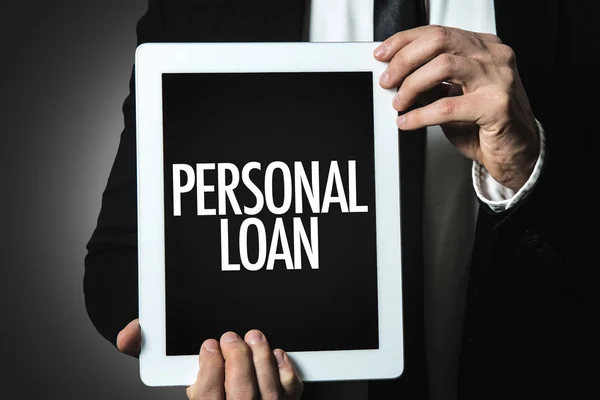Personal loans serve as versatile financial tools that can help individuals navigate various life events, from unexpected expenses to major purchases and debt consolidation.
With a plethora of personal loan options available, understanding the different types of personal loans is crucial for selecting the most suitable financing solution. In this guide,
we’ll delve into the diverse landscape of personal loans, exploring their features, benefits, and considerations to assist you in making informed borrowing decisions.
Unsecured Personal Loans:
Unsecured personal loans are loans that do not require collateral, making them accessible to borrowers who may not have valuable assets to pledge as security.
These loans typically have fixed interest rates and terms, allowing borrowers to budget and plan for predictable monthly payments.
Unsecured personal loans can be used for various purposes, including home improvements, medical expenses, travel, and debt consolidation.
Interest rates for unsecured personal loans may be higher than secured loans due to the lender’s increased risk.
Secured Personal Loans:
Secured personal loans are backed by collateral, such as a vehicle, home equity, or savings account, which serves as security for the loan.
Because secured loans are less risky for lenders, they often offer lower interest rates and higher borrowing limits compared to unsecured loans.
Secured personal loans can be advantageous for borrowers with less-than-perfect credit or those seeking larger loan amounts.
However, borrowers risk losing their collateral if they default on the loan, making careful consideration and financial planning essential.
Fixed-Rate Personal Loans:
Fixed-rate personal loans feature a stable interest rate that remains constant throughout the loan term, providing borrowers with predictability and consistency.
With fixed-rate loans, borrowers can budget effectively and avoid unexpected fluctuations in their monthly payments.
Fixed-rate personal loans are ideal for individuals who prioritize stability and prefer to lock in a specific interest rate for the duration of the loan.
Variable-Rate Personal Loans:
Variable-rate personal loans have interest rates that fluctuate based on changes in the market or an underlying benchmark, such as the prime rate or LIBOR.
While variable-rate loans may initially offer lower interest rates than fixed-rate loans, borrowers risk exposure to rising interest rates over time.
Variable-rate personal loans can be advantageous for borrowers who anticipate interest rates to decrease or those seeking flexibility in their repayment terms.
Debt Consolidation Loans:
Debt consolidation loans are designed to help borrowers streamline their finances by combining multiple debts into a single loan with a lower interest rate and more manageable monthly payments.
By consolidating high-interest debts, such as credit card balances or medical bills, into a single loan, borrowers can save money on interest and simplify their repayment process.
Debt consolidation loans can be secured or unsecured, depending on the borrower’s creditworthiness and preferences.
Conclusion: Personal loans offer a flexible and accessible means of financing various expenses and achieving financial goals. By understanding the different types of personal loans available, borrowers can make informed decisions that align with their needs, preferences, and financial circumstances.
Whether you’re seeking a fixed-rate loan for stability, a secured loan for lower interest rates, or a debt consolidation loan to simplify your finances, exploring the spectrum of personal loan options empowers you to find the right financing solution for your unique situation.
